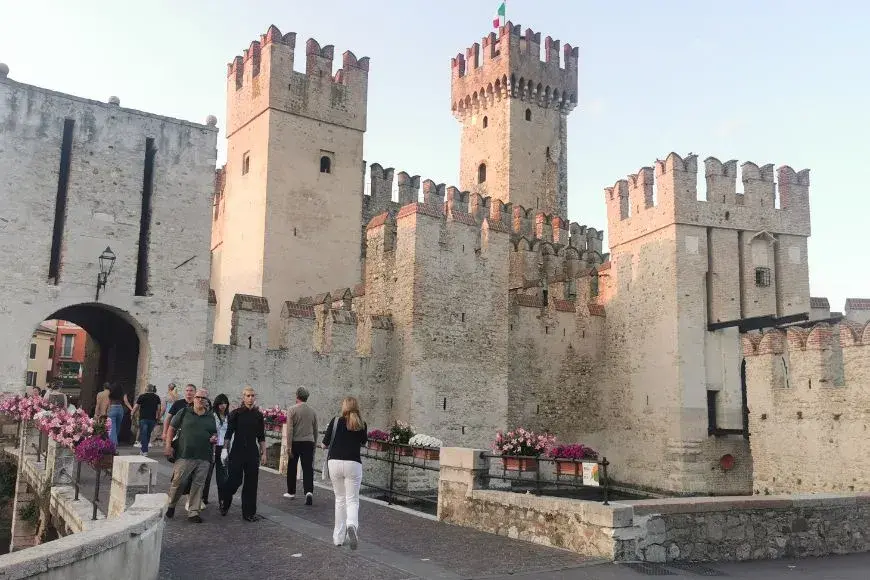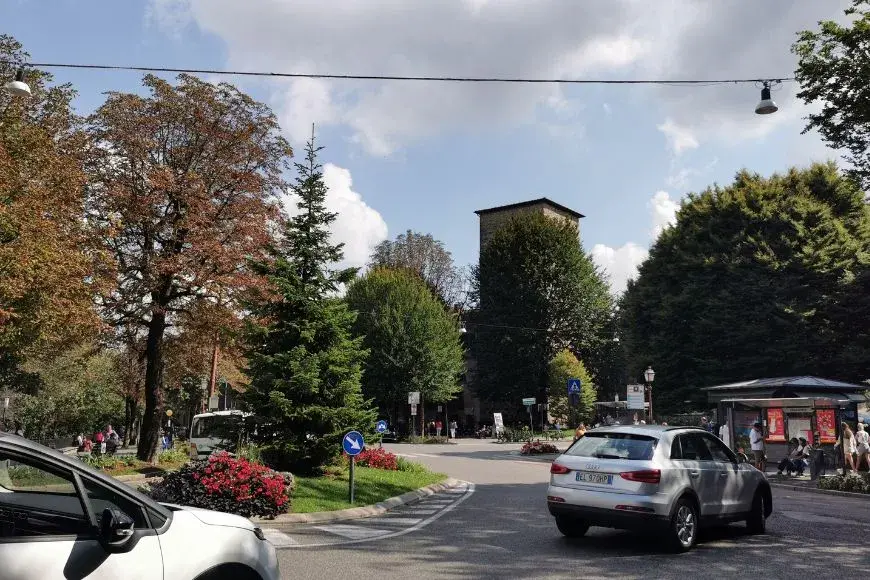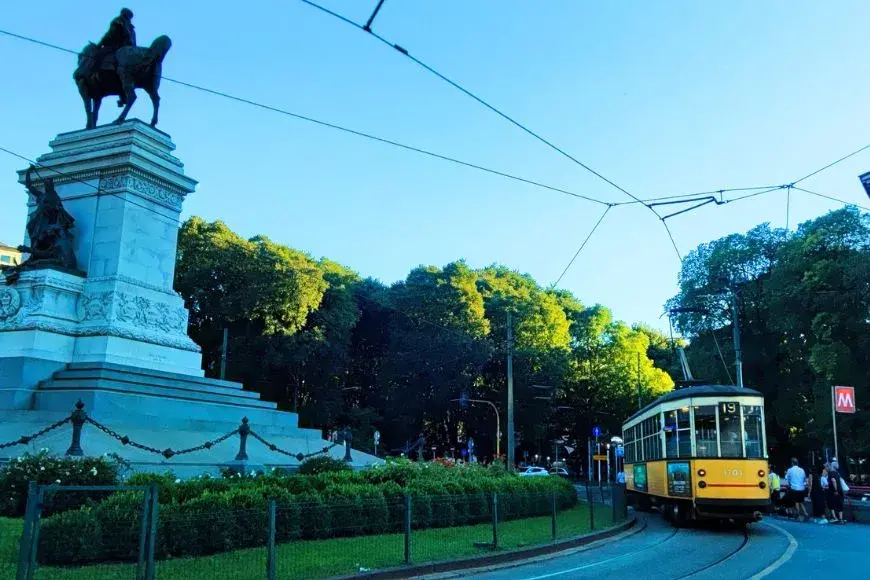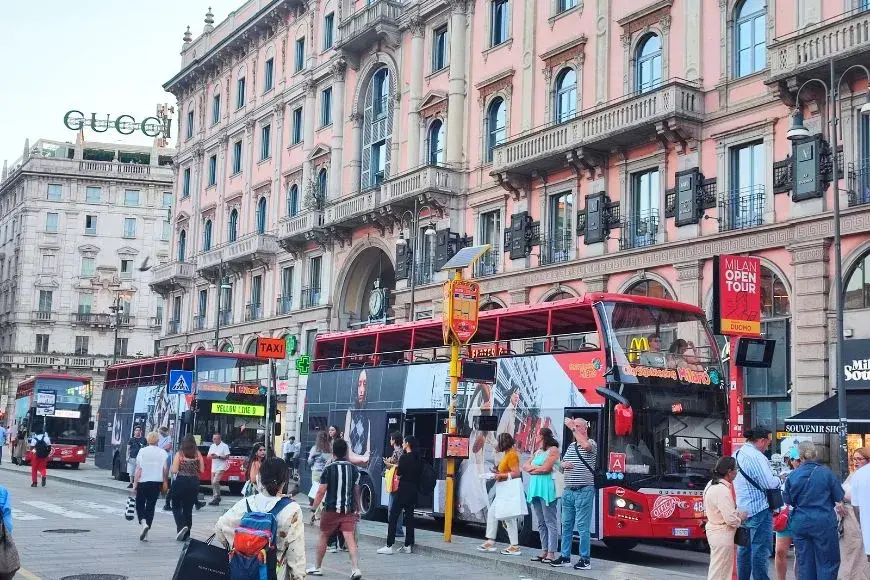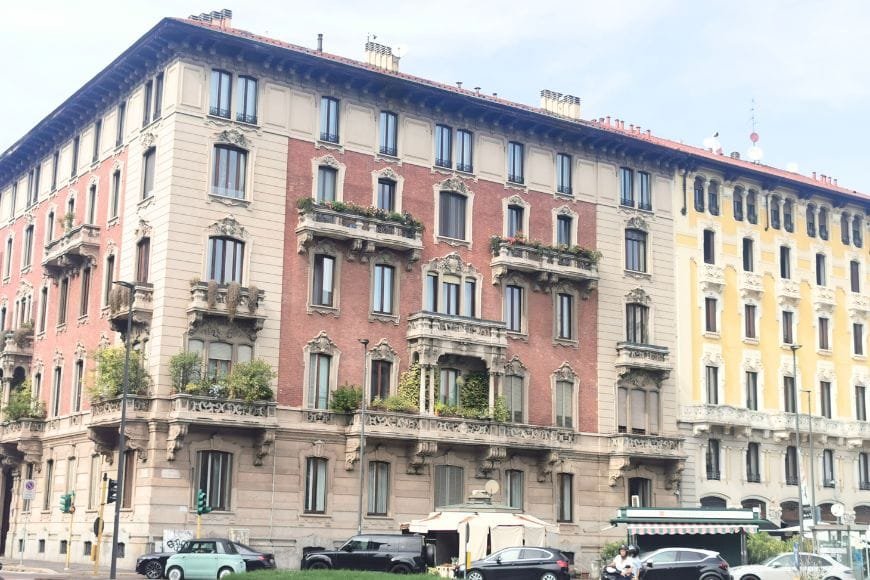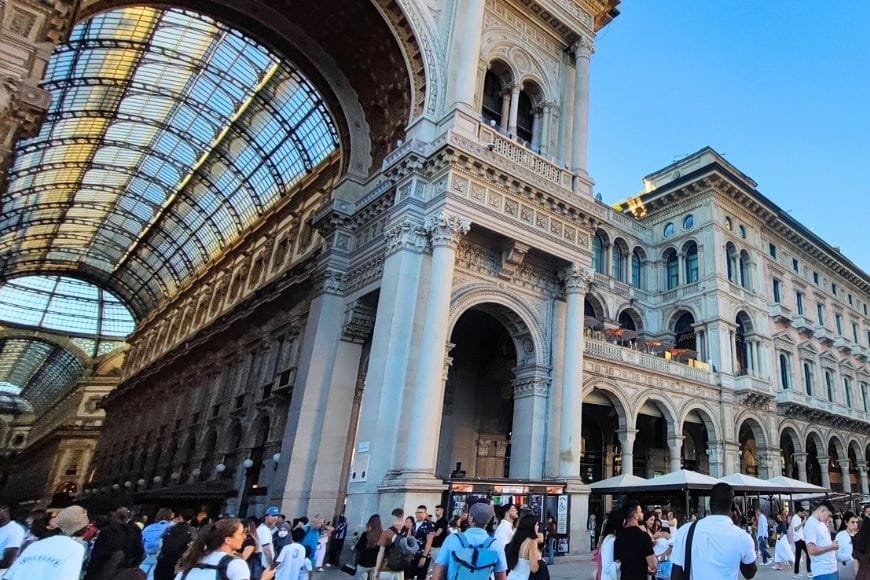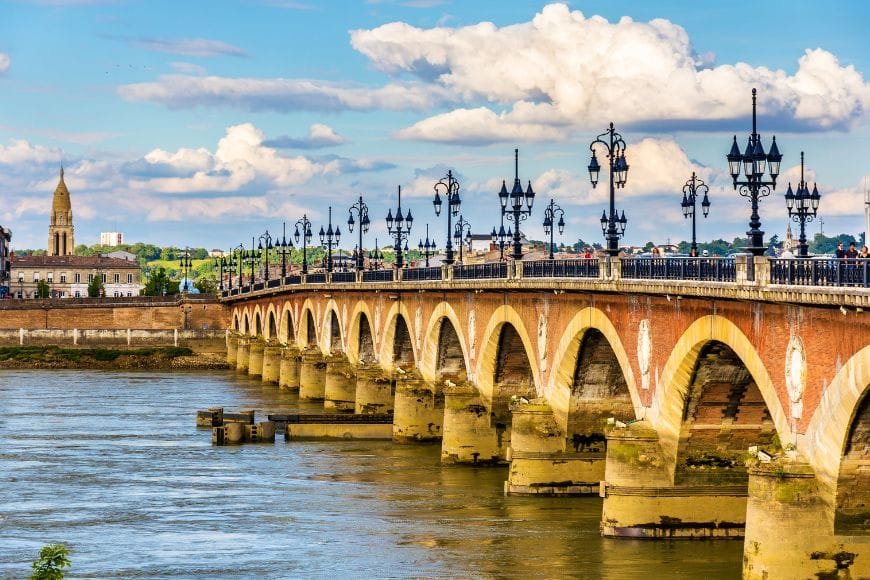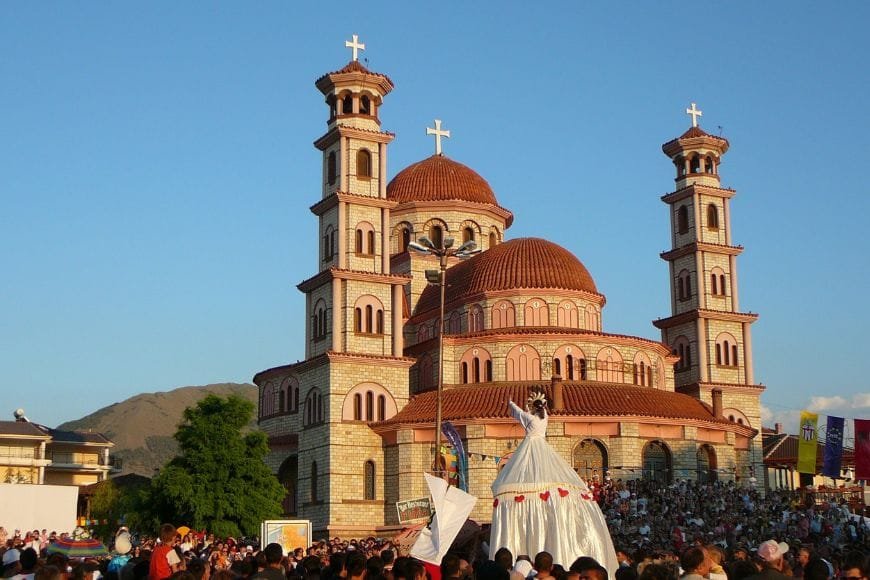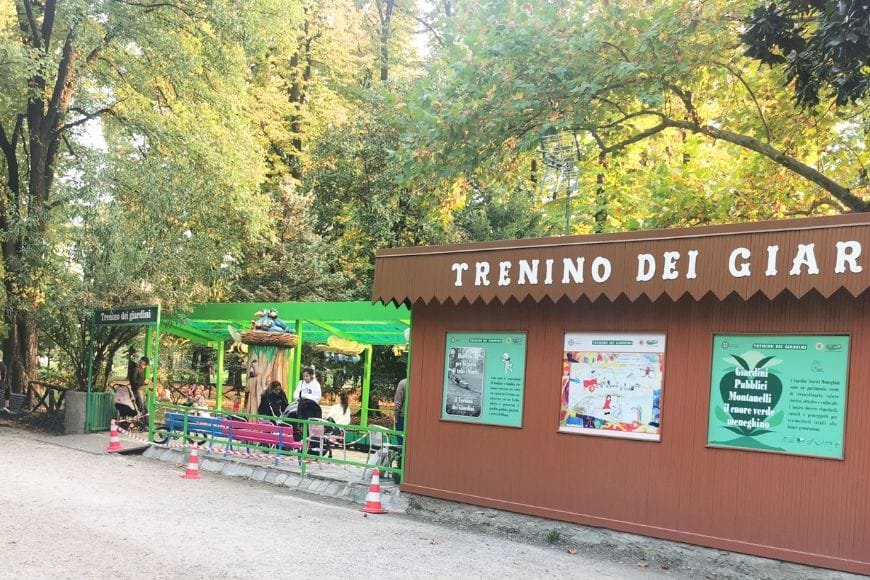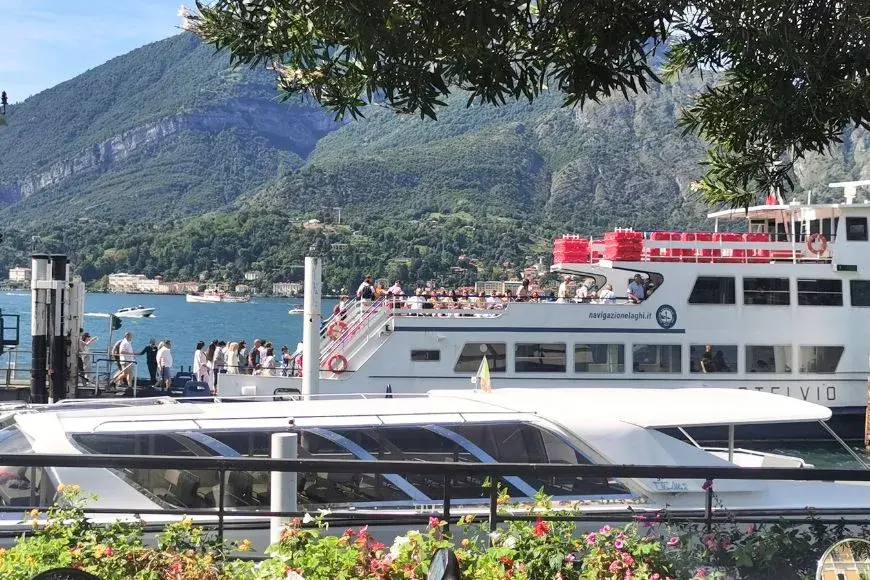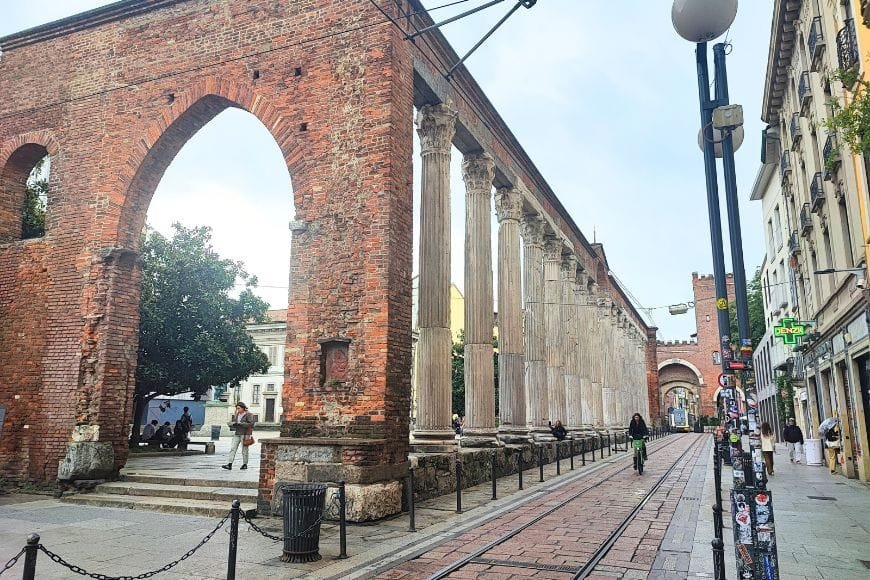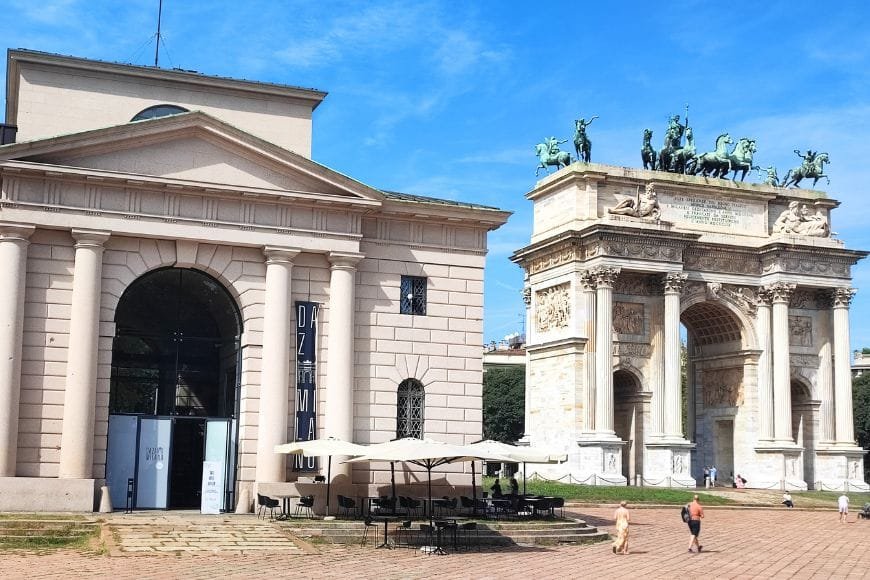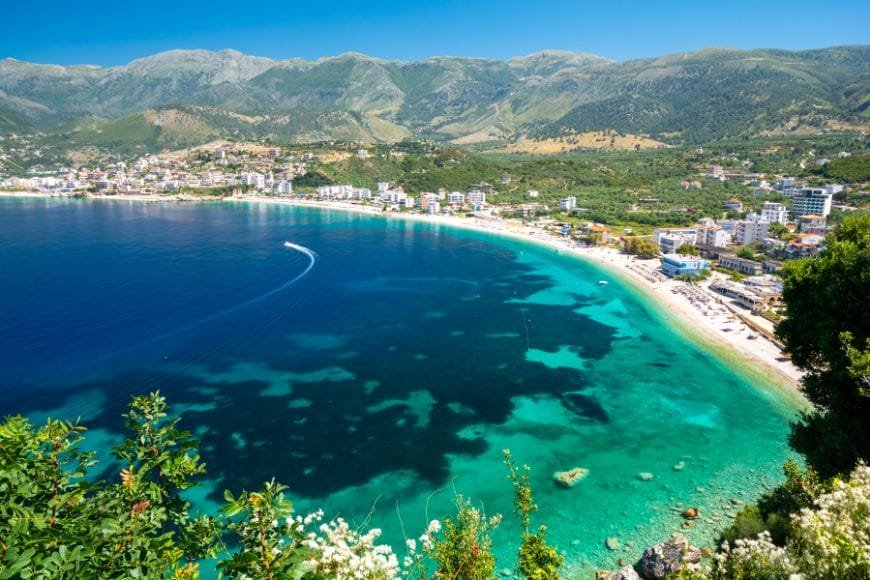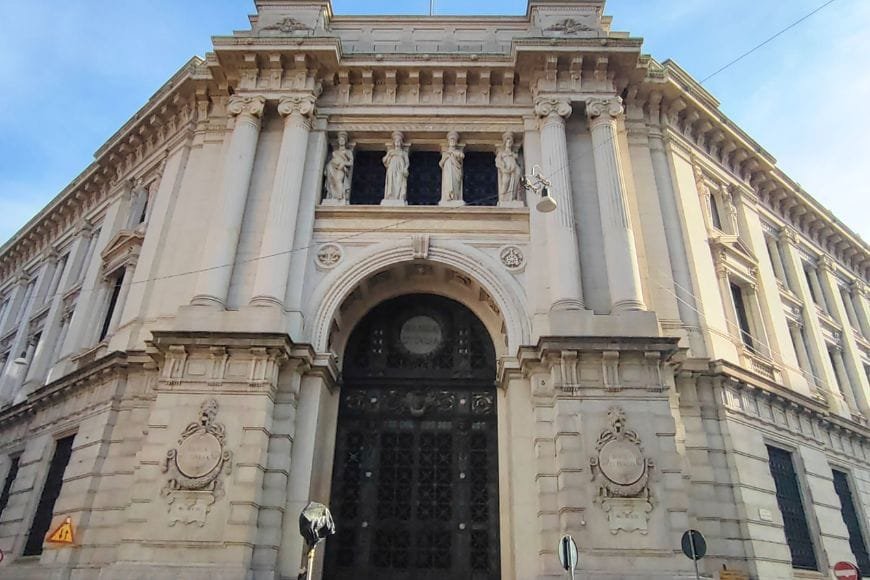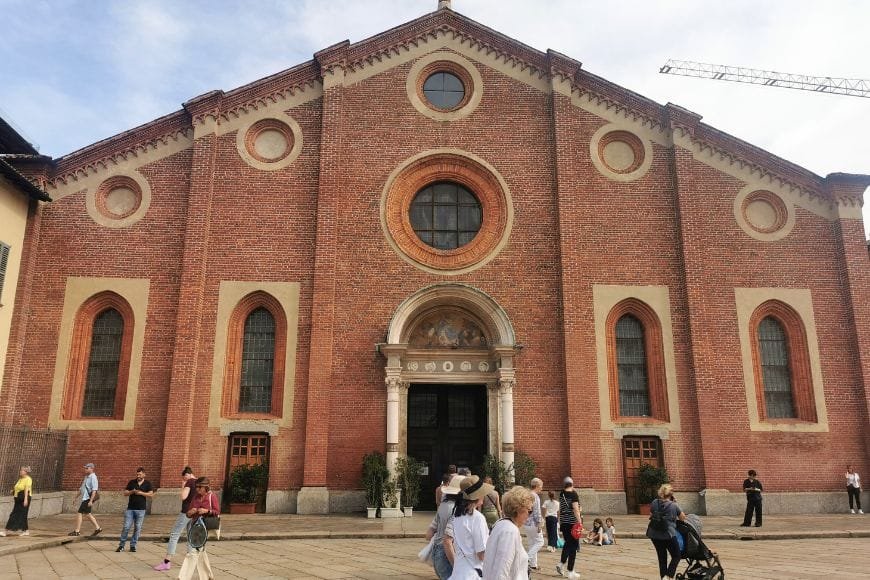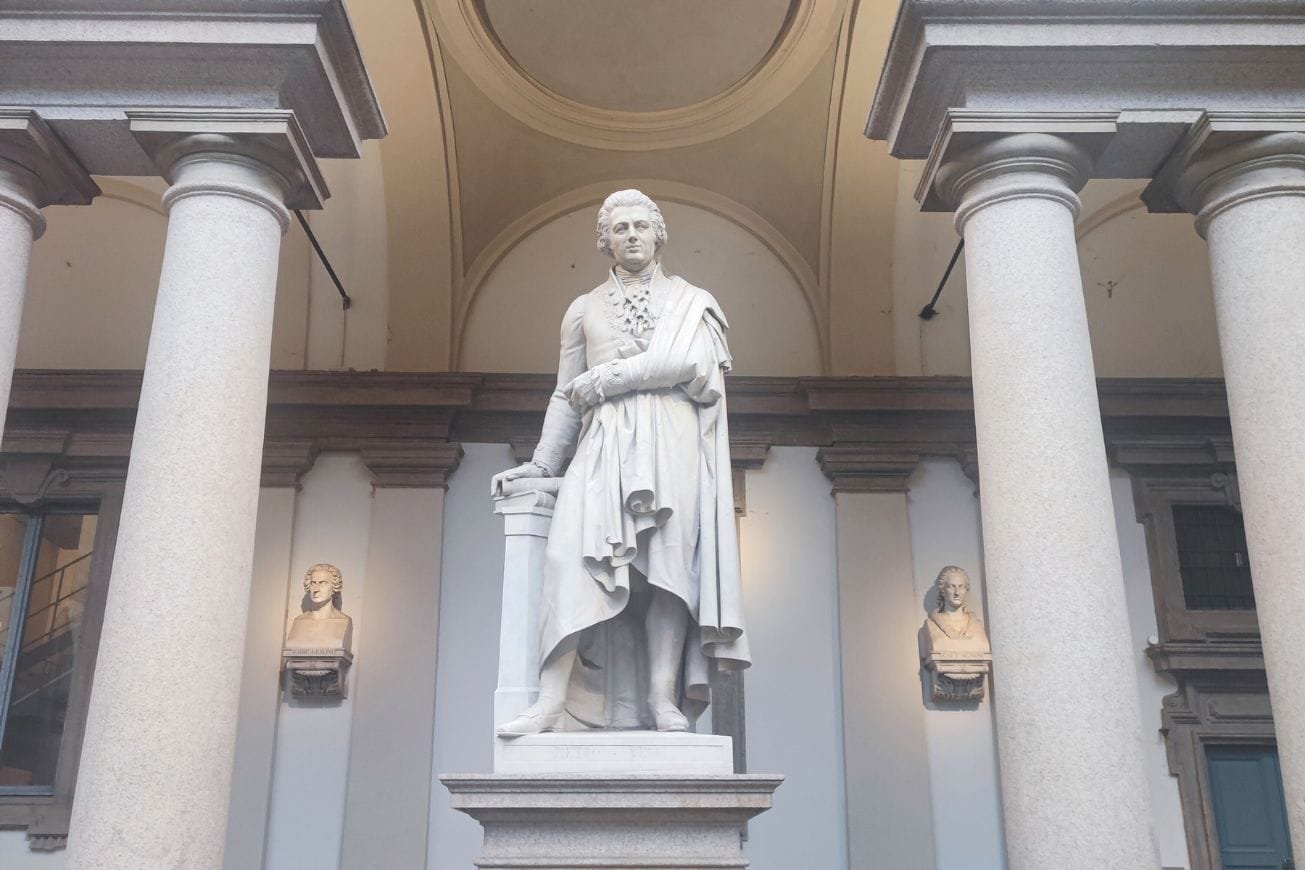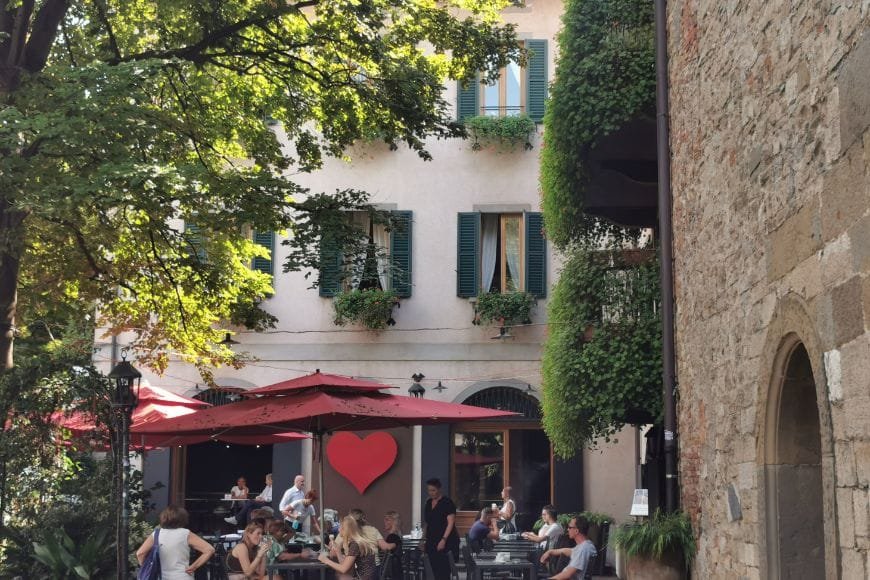Travelandoo Blog
Welcome to the heart of Travelandoo—your trusted source for exploring Europe.
Here you’ll find every article we’ve published, spanning detailed road trip itineraries, essential planning resources, car rental tips, and destination insights. Whether you’re dreaming of winding through the Amalfi Coast, navigating Balkan backroads, or planning your first cross-border drive through Europe, we’ve got you covered.
New posts are added regularly to help you plan smarter, travel safer, and experience Europe more deeply. Scroll down to explore them all!
- Day trips from Milan: Como, Bergamo, Verona & wine country. Honest local guide with budgets, best times to visit & practical tips. Escape the city in one day.
- Discover the best Europe road trips for 2025: top routes, itineraries, planning tips, driving rules, costs, and must-see stops across every region.
- How to navigate Milan by metro, tram, bus, and on foot. Complete guide to tickets, apps, costs, and insider tips for getting around like a local.
- When to visit Milan for the best weather, lowest prices, and fewest crowds. Monthly breakdown, Fashion Week dates to avoid, and insider tips for planning your trip.
- Local’s guide to where to stay in Milan. Best neighborhoods, hotels for every budget, and area recommendations. Find your perfect Milan accommodation!
- Explore Milan like a local! This complete 3- to 5-day Milan itinerary covers art, food, neighborhoods, and easy day trips — the ultimate guide for 2025 travelers.
- Drive from France to Spain: best routes, top stops, road trip itinerary, car rental & travel tips for an unforgettable cross-border adventure.
- Discover the best Albania road trip route with beaches, castles, and hidden gems. Explore Tirana, Berat, Gjirokastër, and the stunning Albanian Riviera in just 7 days.
- Discover the best family attractions in Milan — from interactive museums and kid-friendly parks to fun tours and free things to do. A local’s guide for parents visiting Milan with kids.
- Discover the best of Milan and beyond! A local’s 7-day itinerary with unforgettable day trips to Lake Como, Bergamo, and Verona — perfect for first-time visitors.
- Explore Milan on €75 a day! Free attractions, cheap eats, and local tips in this 3-day budget Milan itinerary. See the best of Milan without overspending.
- Discover Milan’s best parks and gardens with a local’s insight — from iconic Parco Sempione to hidden gems like Guastalla and BAM. Where to relax, jog, picnic, and escape the city.
- Discover Milan on foot with the best walking tours & routes. Local tips, self-guided itineraries, maps & hidden gems to explore Milan like a local.
- Planning an Albanian Riviera drive? Get the complete guide—best stops, hidden beaches, road conditions, where to stay, and insider tips for this epic coastal road trip.
- Discover 21 hidden gems in Milan for 2025 — secret churches, quirky museums, hidden courtyards & local neighborhoods. Explore Milan off the beaten path.
- Discover 21 best historical sites in Milan — from Roman ruins to Renaissance treasures. Walking routes, insider tips & must-book landmarks for 2025.
- Plan the ultimate Milan art trip with this flexible 2–7 day itinerary. See Da Vinci’s Last Supper, Pinacoteca di Brera, La Scala, Fondazione Prada & hidden gems.
- Discover the most romantic things to do in Milan with this couples’ guide. From canal dinners to Duomo sunsets – plan your perfect romantic Milan Itinerary.
- Discover the ultimate weekend in Milan itinerary! Explore the Duomo, Brera, Last Supper & Navigli in 2 perfect days with tips, map & local advice.
- Discover the 21 best museums in Milan for 2025 — from the Pinacoteca di Brera to The Last Supper. Get ticket info, free days, addresses & insider tips for every visitor.
